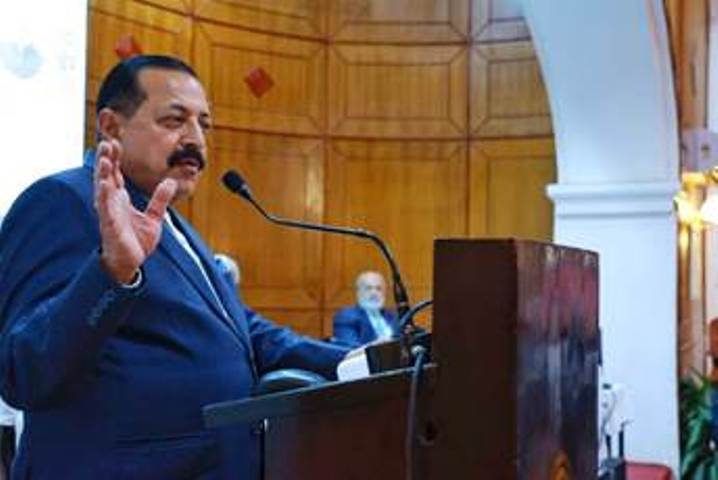Union Minister of State (Independent Charge) for Science and Technology, Earth Sciences, and PMO, Dr. Jitendra Singh, assured the Rajya Sabha that India’s nuclear power plants adhere to world-class safety standards. Emphasizing safety as the cornerstone of India’s nuclear energy program, Dr. Singh highlighted the country’s rigorous protocols and international recognition during Question Hour on nuclear safety.
Safety at the Core of Operations
Dr Singh emphasized that India’s nuclear operations follow a strict “safety first, production next” policy. From site selection to operational reviews, every stage adheres to stringent safety protocols:
Inspections: Quarterly checks during construction, biannual inspections for operational plants, and mandatory license renewals every five years.
Radiation Emission Controls: India’s nuclear plants operate well below global radiation emission benchmarks. For instance, emissions at the Kudankulam plant dropped from 0.081 microsieverts in 2014 to 0.002 microsieverts in 2024. Similar reductions were recorded at the Kalpakkam plant.
Disaster Preparedness: Plants are located far from tsunami-prone zones and constructed above historical flood and sea levels to withstand extreme natural events.
Global Oversight and Recognition
India’s nuclear facilities are regularly reviewed by international bodies like the World Association of Nuclear Operators (WANO), reinforcing their adherence to global safety standards.
Technological Milestones
Dr. Singh celebrated India’s advancements in nuclear energy:
- Kaiga Generating Station: Set a global record with 962 days of continuous operation.
- Tarapur Plant: Marked 50 years of uninterrupted service.
- Kakrapar PHWR: India’s first indigenously developed Pressurized Heavy Water Reactor is now operational, showcasing technological self-reliance.
- Kudankulam Plant: Fully functional after overcoming decades of delays.
Beyond Power Generation
India’s nuclear program extends to peaceful applications across diverse sectors:
- Agriculture: Developing radiation-resistant crop varieties.
- Healthcare: Advanced cancer treatments and medical isotopes production.
- Food Preservation: Extending the shelf life of perishable items.
- Security: Producing protective gear for law enforcement personnel.
Liability Framework and Investment Climate
Dr. Singh addressed concerns about the Civil Liability for Nuclear Damage Act, 2010, ensuring the framework protects public interests while encouraging foreign and domestic investments. The liability regime prioritizes operator accountability with specific provisions for supplier responsibility.
India as a Global Leader
Once a minor player, India now sets benchmarks in nuclear safety and technology. Dr. Singh emphasized that India’s nuclear advancements align with Homi Bhabha’s vision of peaceful atomic energy utilization while contributing to global climate goals by reducing carbon emissions.
Vision for the Future
As nuclear energy becomes pivotal in achieving global sustainability targets, India’s commitment to safe, secure, and innovative nuclear energy strengthens its position as a trusted global partner in energy and technology collaborations.
This statement underscores the government's resolve to leverage nuclear energy for domestic energy security, innovation, and climate action while maintaining its paramount focus on safety.











